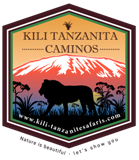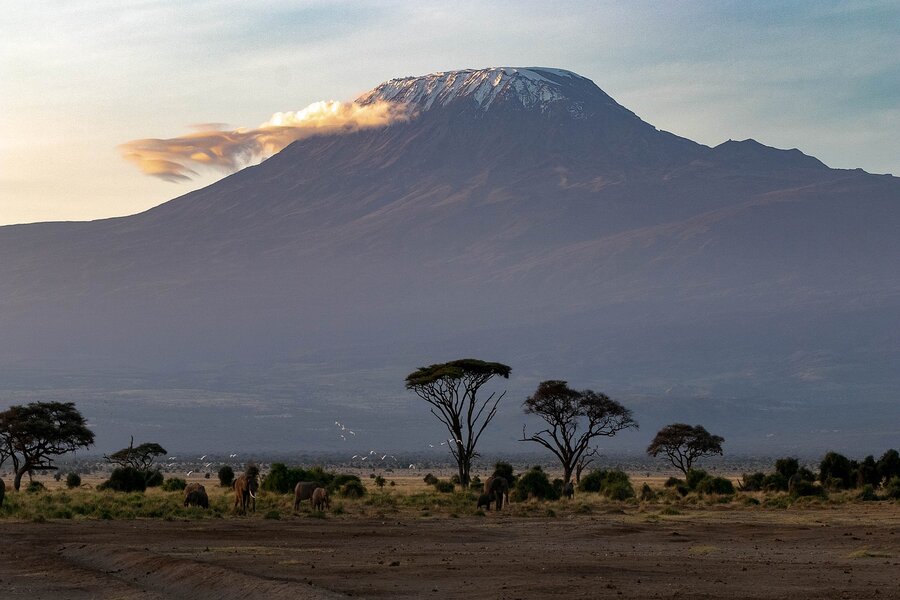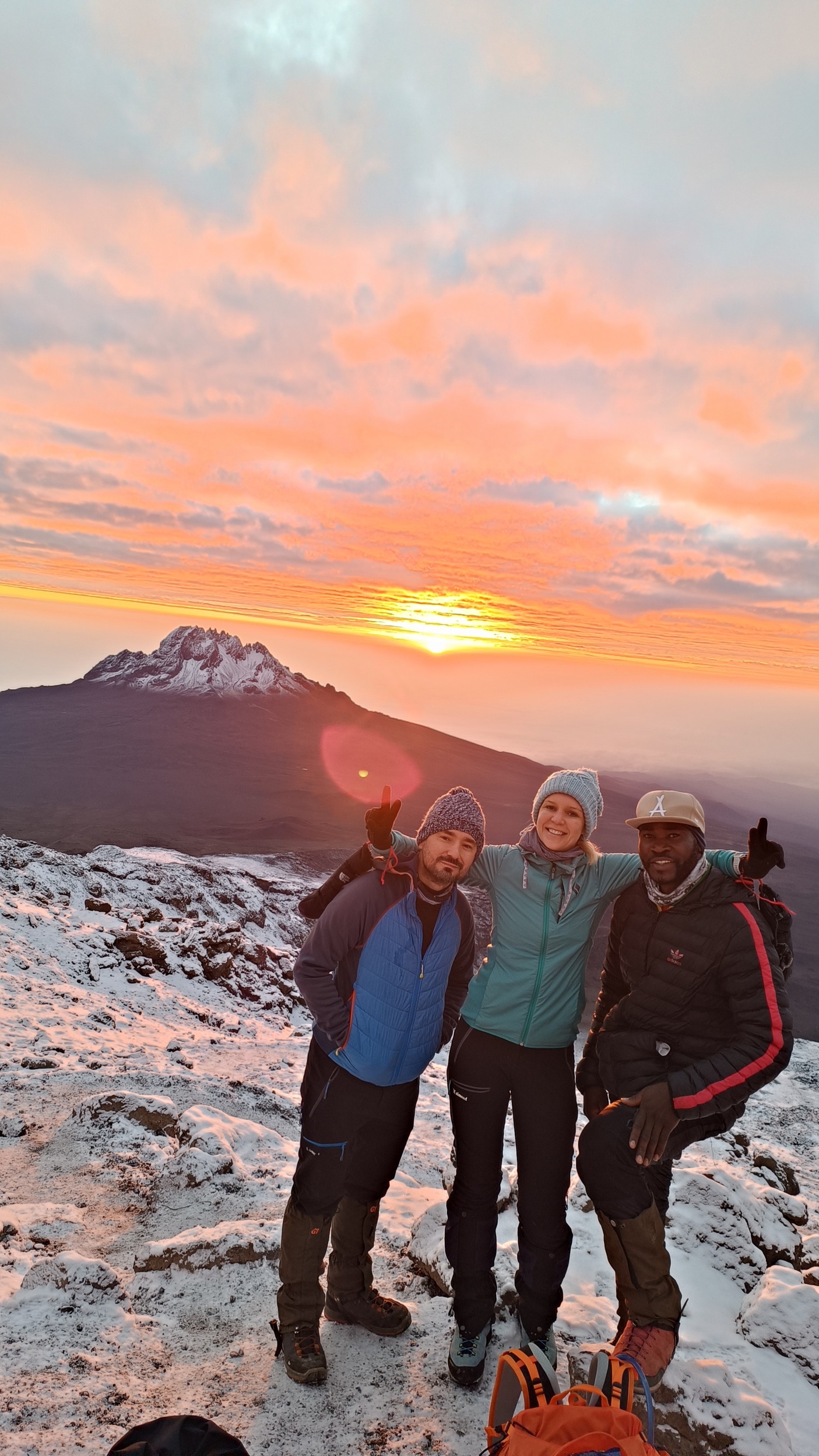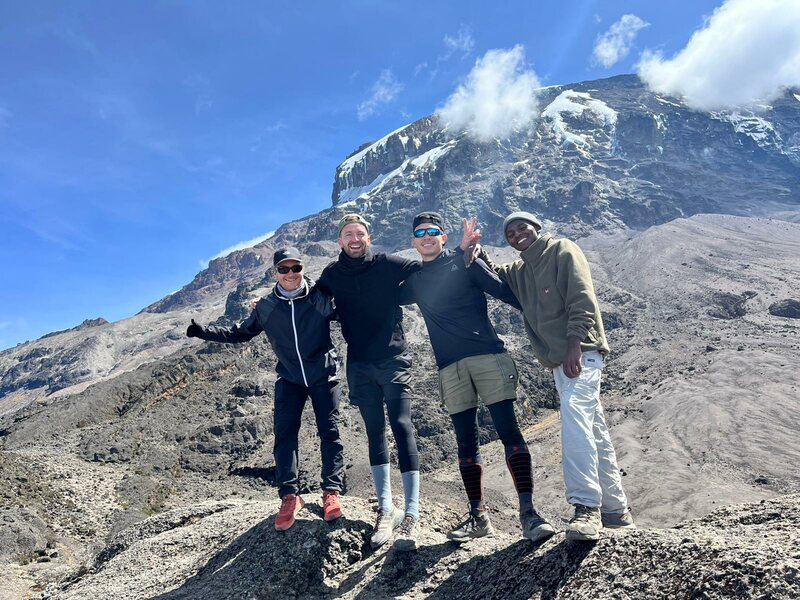Attractions that inspire people to climb Mount Kilimanjaro are many. On top of that, climbing is a healthy sport, and also an outdoor adventure to refresh your mindThis is a climbing mount Kilimanjaro inspiration article written by Kilimanjaro Tanzanite Safaris DMC. Each year, roughly 50,000 people travel to Tanzania in the hope of reaching the summit of Mount Kilimanjaro. It is on top of many adventure seekers’ bucket lists. Is it on yours as well?
Mount Kilimanjaro has an extra feature that makes it famous apart from being one of seven summit world peaks. Natural forest in Mount Kilimanjaro, and animals on it increases its credit. Kilimanjaro is also the world’s highest Volcano Mountains. Kilimanjaro is the highest peak in Africa, but it does not need technical equipment to climb to the summit. Successful trekking from Kilimanjaro foothill to the summit needs only the usual moderate gear and Non of technical gear or Mountaineering expert skills. All companies who organize Kilimanjaro climbing uses local guides, well trained and it is per Mount Kilimanjaro National Park law.
An introduction to Mount Kilimanjaro: Mount Kilimanjaro is located in northern Tanzania, with a Kenya border, and has a height of 19,341 ft (5,895 m). Mount Kilimanjaro is the tallest mountain on the African continent, which also makes it one of the Seven Summits (the highest mountains on each of the seven continents). It consists of three volcanic cones: Kibo, Mawenzi, and Shira.
Uhuru Peak Mount Kilimanjaro
There are seven major routes to the summit, which take anywhere between five to eight days. However, the success rate depends on the number of days spent on the trek. The more days, the better you will be acclimatized. Five-day routes have a far lower success rate than eight-day routes. Five-day journeys to the Uhuru peak are available in the Marangu and Rongai route. Here is the guide to compare all Kilimanjaro routes, and choose the best favorite trail for you.
Mount Kilimanjaro is among the destinations to make healthy sports trekking, marathons, and mountain biking from Moshi town. When you climb Mount Kilimanjaro, every day you sweat a lot due to active hiking, and drink enough water to rehydrate, eventually a healthy trek. Other things to do in Kilimanjaro to inspire you to ascend Kilimanjaro is volcano tours, hiking to waterfalls, and cycling tours.
Furthermore, Moshi town visitors can do cycling tours to Chagga villages, coffee tours, visit the colonial missionary German church, and short wildlife safaris in the West Kilimanjaro savannah wilderness. Another important point is how Hans Meyer, make first ascent to Kilimanjaro Kibo peak in 1889. Kili Tanzanite Safaris is a Travel company to help you hang out and discover attractions at Kilimanjaro foothills. This is a Kilimanjaro climbing company with the best Kilimanjaro guides and have great achievement reviews at TripAdvisor, safari bookings, etc
The Marangu Route is the only route on the mountain with hut accommodation, which makes it one of the most popular. It is also the shortest and the most crowded. It can be completed in five days, but climbers are advised to take an extra day to acclimatize at Horombo Hut to increase their chances of reaching the summit. Hans Meyer Geographer from German and Austrian Mountaineer, Ludwig Purtscheller made a successful climb to the Kilimanjaro summit of Uhuru. Peak. In the following years, more Kilimanjaro trails were established to trek Kilimanjaro to the summit, Kilimanjaro trails are Machame, Rongai, Umbwe, Lemosho, and Shira.
According to statistics from the Kilimanjaro National Park, around 90 percent of climbers choose the Machame Route to get to Uhuru Peak. The route is indeed scenic, passing through varying landscapes. It is, however, more difficult than others, as climbers are faced with the&amp;amp;amp;amp;lt;span class=”apple-converted-space”> Barranco Wall, which they must climb on day four of the trek. No climbing skills are required, as the wall is often described as climbing a staircase.But a good fitness level and mental preparation will help you feel much more at ease during the climb. Oops, take note of a possible plague located on the track betwe</strong>en K</strong></st</strong>rong>ibo </strong>hut and the summit, we advise you to take crampons to prevent slipperily.
Preparation
As with most high mountains, training, planning, and careful preparation are key. Before the 1990s, you could just head down to the foothills of Mount Kilimanjaro with nothing. But a good old pair of boots, a backpack, and some crackers, and attempt the summit on your own. Since 1991, it has been compulsory to sign up with an agency if you wish to climb Kili, as it is affectionately called.
The agency will provide a guide, porters, and a cook. Food is usually healthy and wholesome, and vegans/vegetarians can easily be catered for as long as they give the agency notice in advance. The national language is Swahili, but upon the mountain, you will hear Kichagga, spoken by the Chagga people. English is spoken among the guides and the more educated crewmembers. Kilimanjaro Tanzanite Safaris DMC is a reputable Kilimanjaro climbing agency, and ready for you to sign up for your Kilimanjaro trip.
Kindly note acclimatization is important to guarantee your success. The average time to complete the trek is six days, which is quite short for a mountain this tall, but the trails are steep and you should prepare yourself months in advance, both physically and mentally. Physical endurance is a must, but mental stamina is even more important. After all, you will be trekking 5 to 10 miles (8 to 16 km) each day. Kilimanjaro trails in 6 days trip are Machame, Rongai, Umbwe and Marangu. You have time to acclimatize but it depends on your origin, some people need 7 days of Kilimanjaro routes like Machame 7 days or Rongai 7 days.
You don’t have to be a marathoner, but you should be an active person. Short runs through the park, long walks, a little bit of mountaineering will help you get prepared for the challenge ahead. The idea is to increase lung capacity. Still, being fit does not mean you will not have trouble with altitude sickness. That’s a whole different story.
Acclimatization, another Acute mountain sickness (AMS), also known as altitude sickness, is triggered when going too fast to high altitudes, not giving the body enough time to acclimatize and adapt. Symptoms include fatigue, nausea, dizziness, diarrhea, and nasty headaches, all caused by the lack of oxygen. Walking slowly and spending more time in each camp helps prevent acute symptoms. Altitude sickness is nothing to joke about, as it can lead to pulmonary or cerebral edema, which can prove fatal. Many climbers who have made it to the summit of Kilimanjaro can tell you that hike slowly and guides tell you this, climb Pole pole (climb slowly). To help you proceed with booking a Kilimanjaro trip, look at useful Kilimanjaro tips here.
The weather
Climbing Mount Kilimanjaro will take you from 90 degrees Fahrenheit (32 Celsius) to under 20 Fahrenheit (-7 Celsius) up on its alpine meadows. With strong winds making matters even worse. This will make you put on layers over layers of clothes. Still, you must make sure you don’t pack too many, as there is a limited weight and volume porters will carry. The best months for trekking are January through mid-March and June to October. March, April, and November are the wettest months. The cold season usually lasts between December and May, and snow levels are at their highest between November and May.
Why climb Mount Kilimanjaro? If you are a mountaineer, climber, or simply someone who has always dreamed of reaching the summit, then, by all means, go for it!
- Encountering strange animals that are simply out of this world.
- Experiencing four different seasons in one week.
- Reaching a serious altitude.
- Watching incredible sunsets.
- Doing volcano discovery tours
Points to consider before Kilimanjaro trips begin dates is to do climbing training. Training for climbing Mount Kilimanjaro begins from gym exercise, and then outdoor trail trotting. Another important prepation for Mount Kilimanjaro tour is to prepare proper hiking gear.
You might not reach the summit, and you have to be okay with that. Most people who do not make it to Uhuru claim they still enjoyed the trek. As long as you do not underestimate the challenge and are ready to step out of your comfort zone, you too can place your foot on the roof of Africa.</p>
Climbing Mount Kilimanjaro tours booking also need plans like flight tickets. There are arrival options, one and main arrival point is the Kilimanjaro International Airport, JRO. There are several airlines which fly from your country to the Kilimanjaro Airport. Then, on arrival, our driver take you to the hotel in Moshi town, which is approximately 45 minutes drive. Here are list of hotels in Moshi, with varying room rate varying price according to the standard.
How much does it cost to climb Mount Kilimanjaro varies depends on route choice. Mount Kilimanjaro climbing favorite trip is Machame route 6 days. And climbing Mount Kilimanjaro price Machame route varies from 1380 to 1480 US $ per person, depending on group size.




